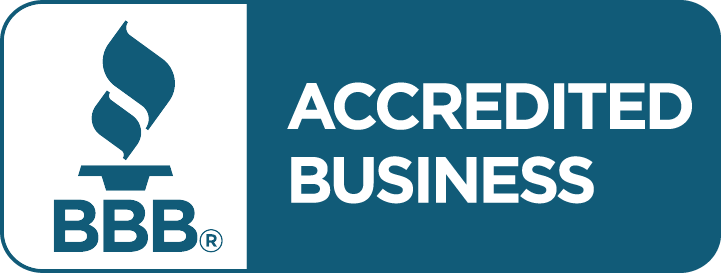Looking for your first home? Unless you’ve got a lot of cash in the bank, you will probably need a mortgage. Unfortunately, getting a mortgage is becoming harder and harder, especially with new rules that come into play on July 1, 2020.
First-time home buyers will be especially hard-hit, finding it more challenging to qualify and also seeing purchasing power diminished.
If you’re looking for your first home, it’s important to get your finances in order before hiring a realtor:
- Fund your down payment. You’ll no longer be able to use a down payment with money borrowed from credit cards, unsecured personal loans or lines of credit. You will need cold hard cash from savings or relatives, or equity from the sale of a house to make your down payment.
- Increase your credit score. The minimum credit score needed just to qualify for a mortgage will now be 680, up from 600 prior to July 1, 2020. Find out how to check your credit score or learn how to increase your credit score. Still need help? Contact us for a free consultation.
- Know your budget. A debt-to-income ratio is typically used to determine how much house you can afford. You will now only be able to borrow up to 42 per cent of your gross income (down from 44 per cent), taking into account all outstanding loans and credit. It’s best to pay down loans as quickly as possible in order to get a higher mortgage. Only 35 per cent of your gross income can be used towards housing (including mortgage, property taxes, utilities and maintenance fees if applicable). This number used to be 39 per cent. Overall, buyers will see their purchasing power cut by about 12 per cent.
These new rules are new additions to a slew of criteria implemented in the past few years to ensure debt levels don’t go out of control. Here are some other things to take note of if you’re planning on buying a house:
- Get a 20 per cent down payment. If your down payment is under 20 per cent of the purchase price, you will need mortgage insurance on your loan, which will increase your monthly costs. Furthermore, you can only amortize your mortgage for a maximum of 25 years if you put less than 20 per cent down. This means your monthly payments will be higher, but you will own your home outright faster.
- Pass the stress test. The stress test helps determine whether a homebuyer would be able to afford their principal and interest payments should interest rates increase. You will need to prove you can afford payments at a qualifying interest rate which is typically higher than the actual rate in your mortgage contract. This diminishes the amount you can afford.
It must be noted that the federal government has been tightening mortgage rules since the beginning of the global financial crisis in 2008. In 2008, the government reduced the maximum amortization period from 40 years to 35 years and also required home buyers to make a minimum down payment of 5%. In 2011, the maximum amortization period was reduced to 30 years from 35 years and the loan to value (LTV) ratio was reduced to 85% from 90%.
It’s clear that the mortgage rules are becoming stricter and stricter. The implication of these rule changes for home buyers is that the government can make amendments to the Canadian mortgage rules again in the future. Therefore, you can expect that the rules will continue to become stricter in the coming years.
If you are considering purchasing a new home, it pays to do your research and budgeting beforehand to make sure you can really afford a home. Check out our online mortgage calculator to determine how much interest you will pay on your mortgage over its amortization period.
While these rules make it more challenging for home-buyers, particularly first-time buyers, it’s important for the government to ensure Canadians aren’t spending more than they can afford.
If you need help with debt, contact us for a free consultation today. We can help you with budgeting, consolidate debts and become debt-free more quickly. Your dream of homeownership is closer than you think!











